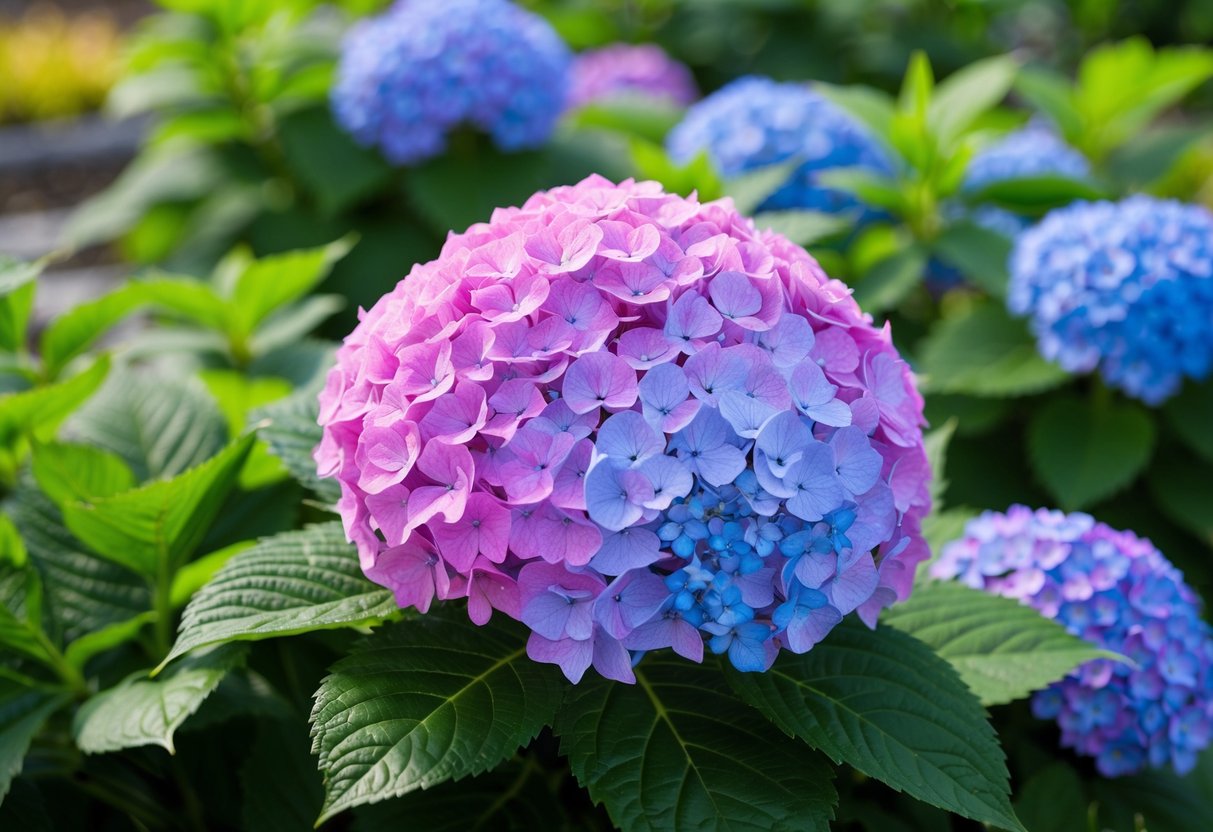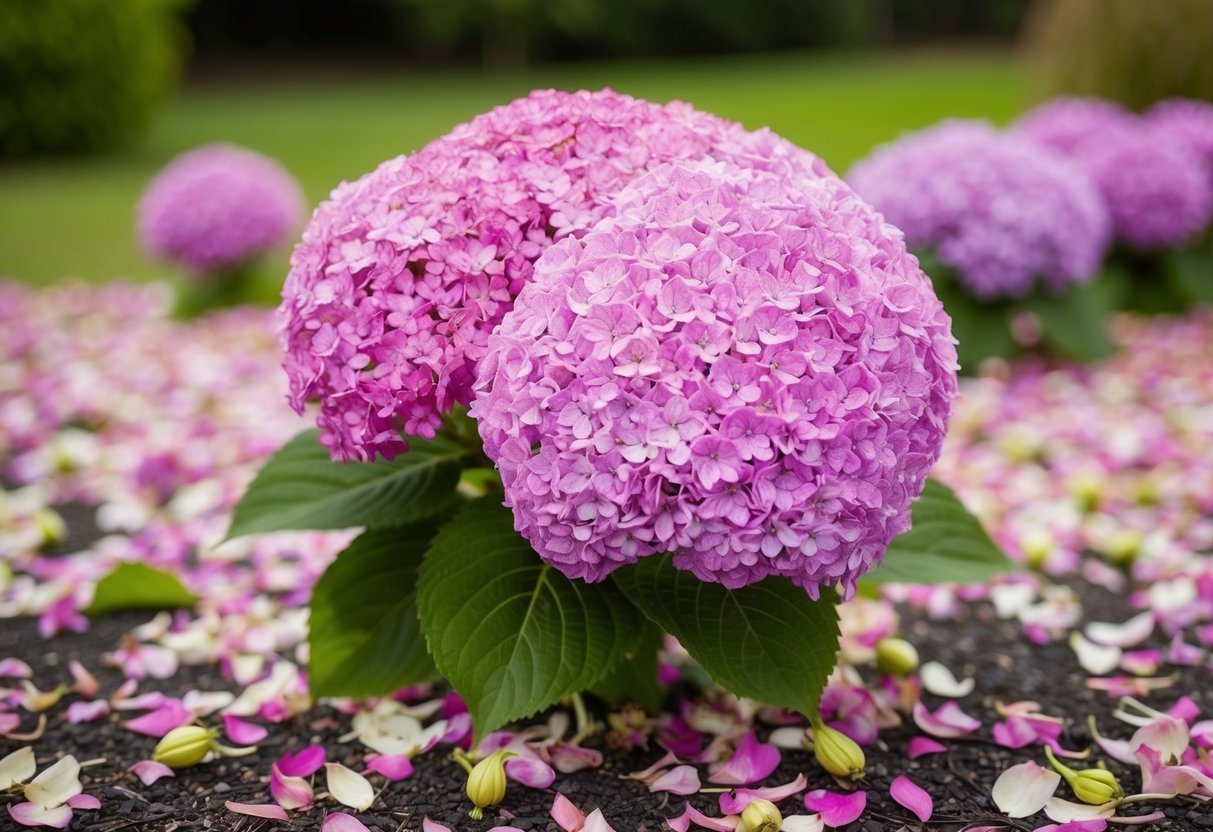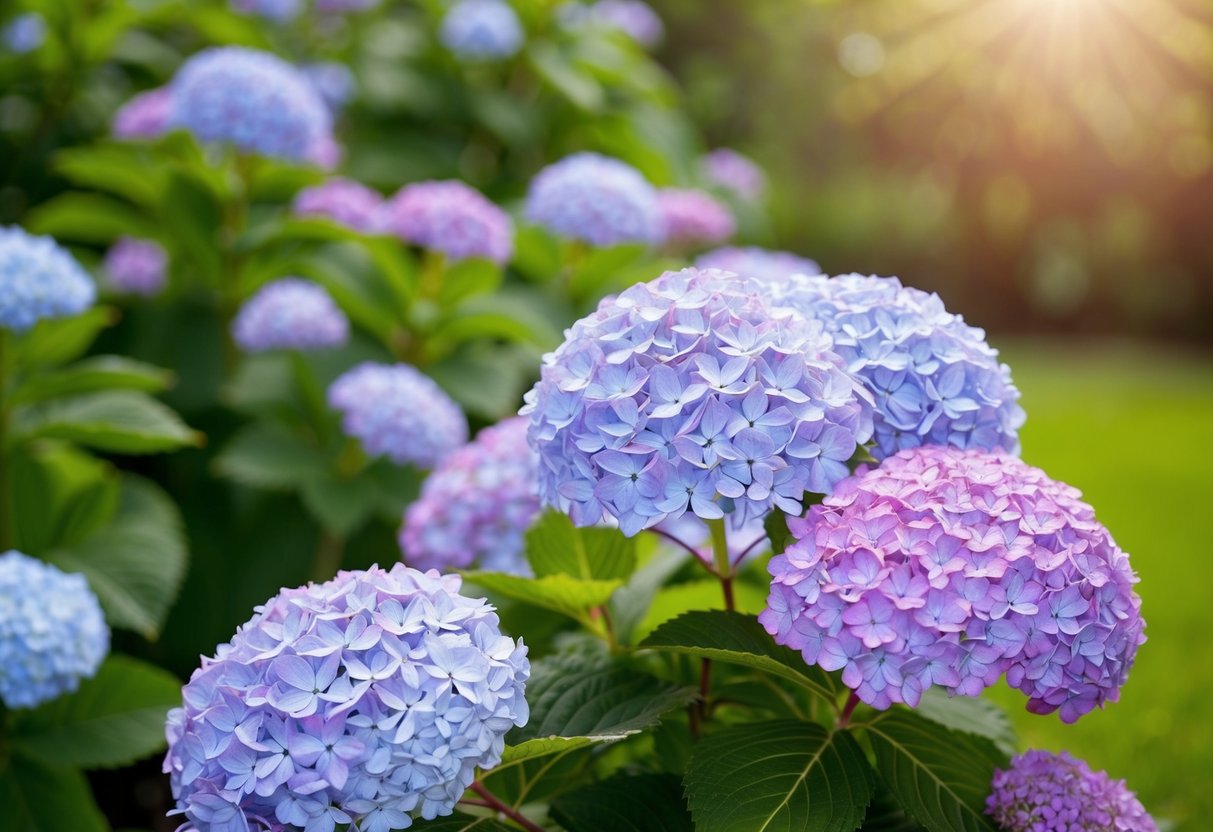Do Hydrangeas Flower Every Year? Uncovering Their Blooming Secrets
Are you wondering if hydrangeas will bring their beautiful blooms to your garden each year? The good news is that hydrangeas generally flower every year. These lovely plants are known for their ability to bloom throughout the summer, and they can continue to grace your garden annually.

Certain types of hydrangeas, like the panicle variety, thrive especially well by blooming on new wood. This means you can look forward to their blossoms even after a harsh winter. If your hydrangeas didn’t bloom last year, don’t worry too much. They might just need a couple of years to settle in before they start flowering reliably.
With a little patience and the right conditions, you’ll soon be enjoying a burst of hydrangea color in your garden year after year. Knowing what to expect from these delightful plants can help you plan and care for them better, ensuring they add charm and beauty to your outdoor space.
Understanding the Hydrangea Lifecycle

Hydrangeas are popular garden plants that can bloom every year. These flowering shrubs are mostly perennials, which means they live for several years. Each variety has its own growth pattern and bloom time.
Perennial Growth Patterns
Hydrangeas are mostly perennial plants, meaning they grow back year after year. Unlike annuals, which only last for one season, perennials have lifecycles that extend over several years. Their growth begins in early spring as new shoots emerge from the soil.
Throughout spring and summer, you will notice them getting taller and fuller. By the fall, the blooms usually fade, but the plant remains. Many types, like the smooth hydrangea, can handle colder temperatures and survive winter dormancy.
Their ability to live multiple years makes them a favorite among gardeners looking for enduring beauty.
Varieties and Bloom Times
Different hydrangea varieties have distinct bloom times. The bigleaf hydrangea mainly blooms from May to July. If you have panicle hydrangeas, expect flowers from June through September. These are popular for their long-lasting blooms.
Oakleaf hydrangeas bring a unique charm with flowers appearing from late spring into summer. Meanwhile, climbing hydrangeas might bloom in late spring or early summer.
Each type brings something different in terms of appearance and bloom time, allowing you to plan a garden that can showcase hydrangeas throughout the growing season. For more information on specific bloom times, check out this seasonal guide.
Essentials of Hydrangea Care

Proper hydrangea care requires attention to soil pH, watering, and sunlight. These elements ensure vibrant blooms and healthy growth. Here’s how you can best care for your hydrangeas.
Soil Requirements and pH Levels
Hydrangeas thrive in well-drained soil, so make sure your garden provides this environment. They prefer soil that is slightly acidic to neutral. To achieve this, maintain a soil pH between 5.0 and 7.0.
To test and adjust your soil’s pH, use garden lime for more alkaline conditions or sulfur to make it more acidic. Most hardware or gardening stores offer easy-to-use pH testing kits. If your hydrangeas struggle with color or growth, check the soil’s acidity—it might need tweaking.
Watering and Fertilization Practices
Watering hydrangeas properly is key. They love moist soil, not soggy conditions, so water them deeply once or twice a week. In hot weather, you might need to water more often. Keep an eye on the soil moisture by touching it; it should feel damp but not soaked.
When it comes to fertilizing, provide balanced nutrients. Use a balanced, slow-release fertilizer in early spring. This supports new growth and flowering. Look for a fertilizer with phosphorus to encourage blooms. Be cautious not to over-fertilize; it can lead to more leafy growth and fewer flowers.
Sunlight and Planting Locations
Hydrangeas need the right balance of sunlight. Plant them in locations with morning sun and afternoon shade. This could be near buildings or trees that provide partial shade. They tolerate full sun in cooler climates with regular watering.
The ideal location ensures they receive part shade, protecting them from harsh midday rays. Too much sun stresses the plant while too little might reduce blooming. Adjust planting spots if necessary to find that perfect balance. Make sure the surrounding area doesn’t crowd the hydrangeas, so they have space to spread and enough air circulation.
Propagation and Maintenance

To keep your hydrangeas thriving, you need to know when and how to prune them, as well as how to propagate new plants. This helps ensure healthy growth and beautiful blooms each year.
Pruning Techniques and Timing
Pruning hydrangeas at the correct time is important to encourage reblooming. For old wood hydrangeas, prune in late summer, after they have bloomed. These types bloom on wood from the previous season, so cutting them too late can lead to fewer flowers next year.
For newer varieties or remontant (reblooming) hydrangeas, pruning can be done in early spring. These plants bloom on new wood and can be cut back yearly to promote strong growth. Always remove dead or damaged branches to keep the plant healthy. Remember, different species might have specific needs, so it’s helpful to know the type of hydrangea you’re working with.
Propagating New Hydrangea Plants
Propagating hydrangeas is an easy way to expand your garden. To start, look for green, healthy stems to take as cuttings. Use clean garden shears to cut a 4-6 inch piece below a node.
Remove the bottom leaves and dip the cut end in rooting hormone. Plant the cutting in moist potting soil, ensuring it stays warm and humid. A plastic cover can help maintain moisture. Keep it out of direct sunlight until roots develop.
After a few weeks, you should see new growth. With patience and care, your new hydrangea plants will be ready for transplanting. Following these steps will help you successfully propagate and maintain beautiful hydrangeas.
Protecting Hydrangea Health

Keeping your hydrangeas healthy involves managing pests and diseases and safeguarding them from extreme weather. These steps help ensure your flowering shrubs continue to thrive and produce beautiful blooms year after year.
Dealing with Pests and Diseases
Pests such as aphids and spider mites can affect your hydrangeas. You can tackle these by introducing natural predators like ladybugs or using insecticidal soap. Keeping the surrounding area clean and free of debris can deter these pests, as they tend to hide in such places.
Fungal diseases, like powdery mildew, can also pose problems. Ensure good air circulation around your hydrangeas by spacing them properly. If necessary, apply a fungicide to affected areas. Regularly removing and discarding infected leaves and deadheading spent flowers can help as well. Use compost to enrich the soil, which can boost the plant’s resistance to diseases and promote healthy blooms.
Guarding Against Weather Extremes
Frost damage to hydrangeas can be a concern, especially in areas with unpredictable weather. Cover your plants with burlap or garden fabric during cold snaps to protect them. Avoid pruning in late fall or winter, as this can make the plants more vulnerable.
Hydrangeas prefer consistent moisture but not soggy soil. During dry spells, water them deeply once or twice a week. Applying a thick layer of mulch around the base can help retain soil moisture and regulate temperature. This preparation and care can prevent weather-related stress, making them easy to grow and care for in any garden setting.
Hydrangea Varieties and Their Unique Features

Hydrangeas are popular for their beautiful and diverse blooms. Understanding their different varieties can help you choose the right one for your garden. Some varieties are known for their continuous blooming, while others have unique features that make them stand out.
Popular Hydrangea Species for the Garden
There are several types of hydrangeas you might consider growing. Hydrangea paniculata, also known as panicle hydrangea, is appreciated for its cone-shaped flowers that start white and transform to shades of pink. These are hardy shrubs that can handle more sunlight compared to other hydrangeas.
Hydrangea macrophylla, or bigleaf hydrangea, includes mopheads and lacecaps. Mopheads feature large, rounded flower heads, while lacecaps have delicate, flat blooms. Their color can change based on soil pH, offering a range of pinks, purples, and blues. Hydrangea arborescens, often known as smooth hydrangea, has round clusters of flowers and is good for colder areas, as it blooms on new wood.
For something different, Hydrangea quercifolia, commonly called oakleaf hydrangea, is known for its unique leaves resembling those of an oak tree and blossoms that age to pink and provide fall interest.
Distinguishing Between Everblooming and Traditional Types
When choosing hydrangeas, make sure you know which types bloom repeatedly. Reblooming hydrangeas can flower on both new and old growth, giving you blooms throughout the season.
Traditional types, like many bigleaf hydrangeas, might only bloom once and are impacted by winter cold or incorrect pruning. Hydrangea paniculata and Hydrangea arborescens, however, produce flowers on new growth, so you don’t have to worry about losing blooms due to winter damage.
Also, compact varieties of hydrangeas are great for container gardening or smaller spaces. Some might even offer scented flowers, adding a fragrant touch to your garden.







